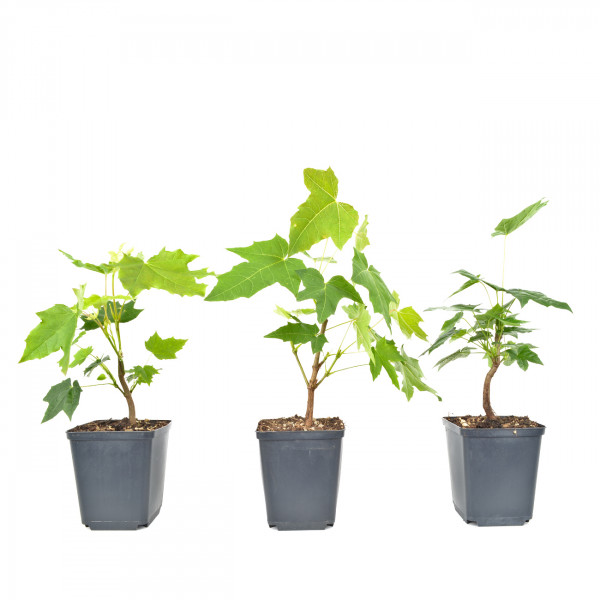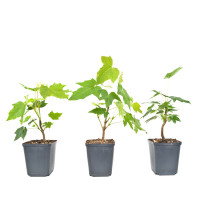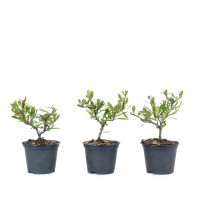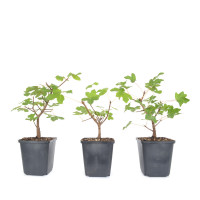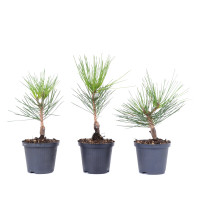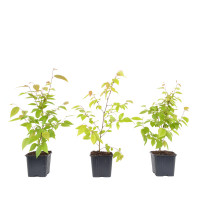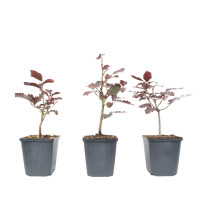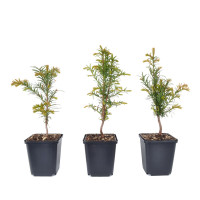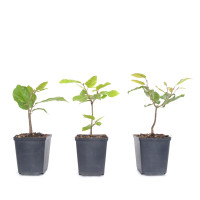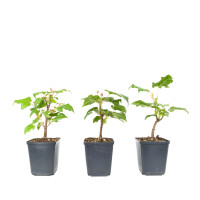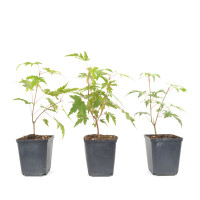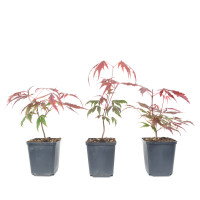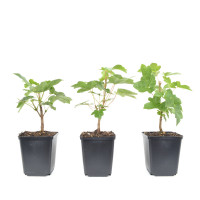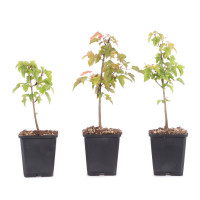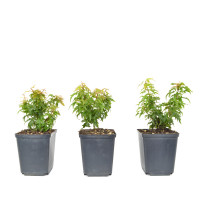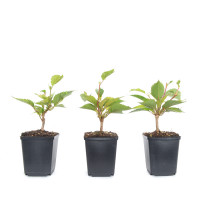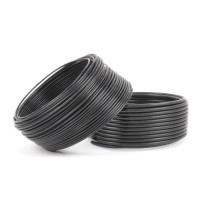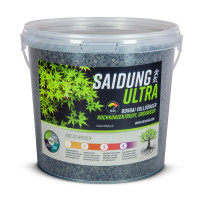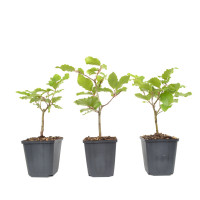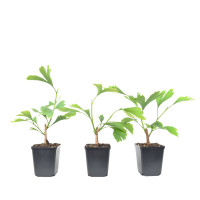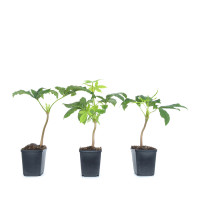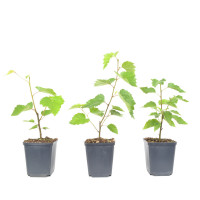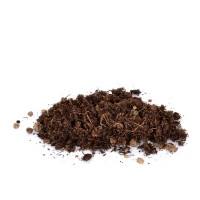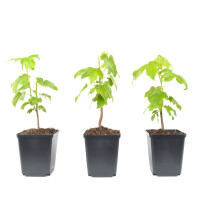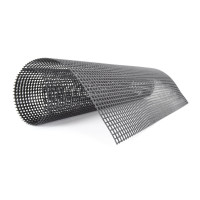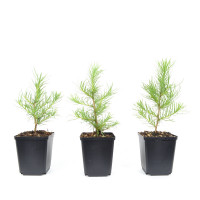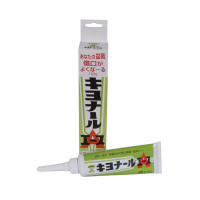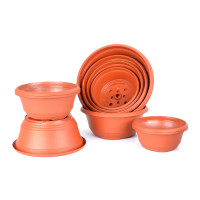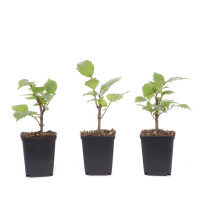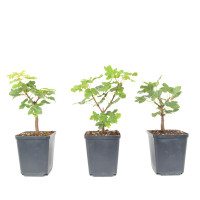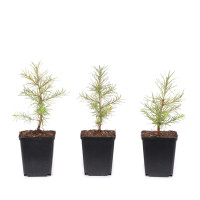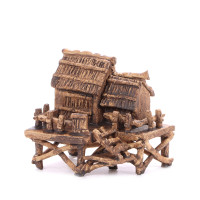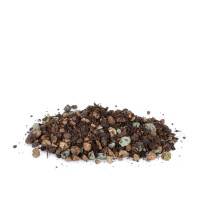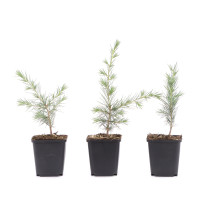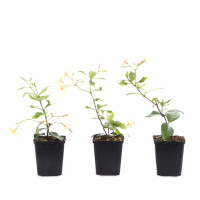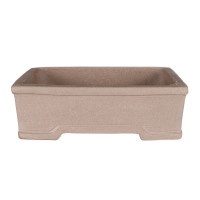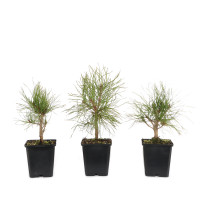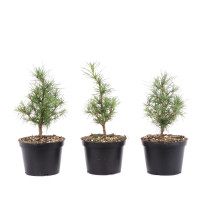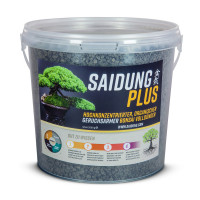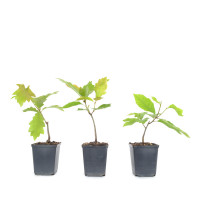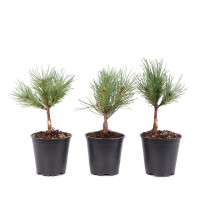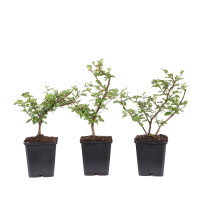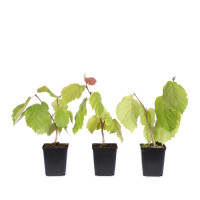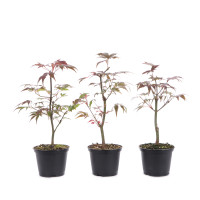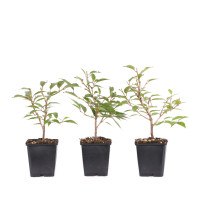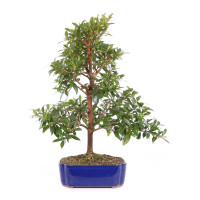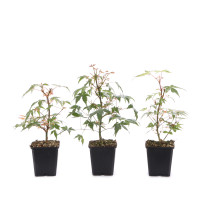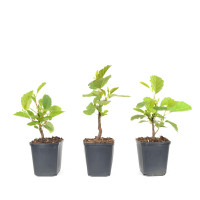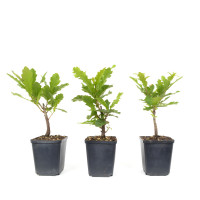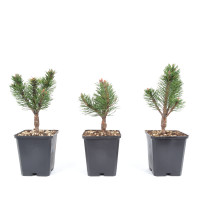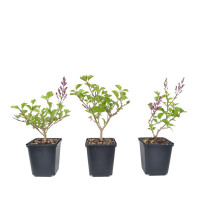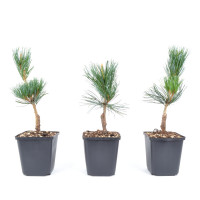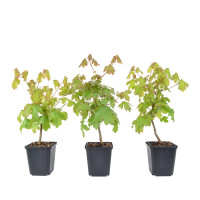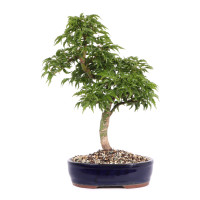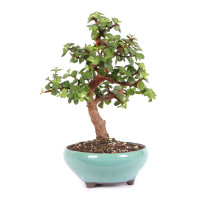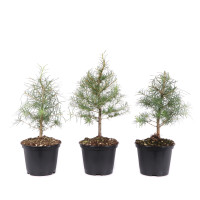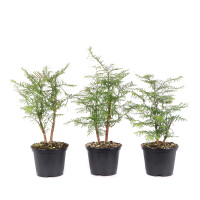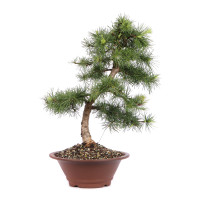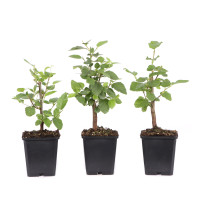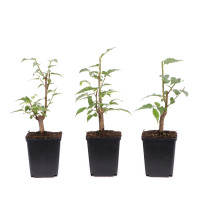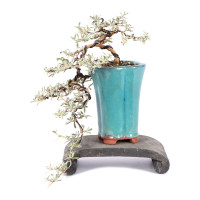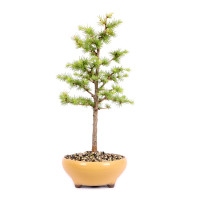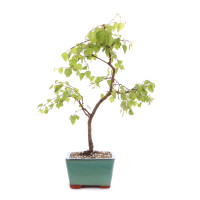- Order number: 1004-02-T
- Height: ca. 15 - 20 cm
- Foliage: deciduous
- Age: 2 years
- Bonsai Pot: plastic pot
- Characteristics: attractive autumn colour
- Origin: Germany
- Product contents: You will get a similar plant
Acer platanoides- Norway Maple
General:
Apart from regional exceptions, the Norway maple is widespread throughout Europe to the east to the Urals and in the south to the Caucasus. It prefers the temperate continental to oceanic climate. As a rule, it cannot be found at high altitudes or in extreme locations. Nevertheless, the Norway maple is very adaptable and tolerates heat, cold, wind and drought as well as different types of soil. This is probably also the reason why it is very often planted as a city tree. In nature, however, it is not found as often as other tree species. The species does not tend to forest because it needs light. It occurs predominantly in light deciduous forests as a littered tree or likes to grow on the edges of the forest or freely growing hedges. If the Norway maple has a free stand, it develops into a large, almost round-crowned tree. It is fast-growing and can reach a height of 30 meters. The leaf is 5- to 7-lobed, up to 20 cm wide, has a milky sap (harmless) and turns an intense golden yellow and reddish color in autumn. Of our native tree and shrub species, the Norway maple has one of the most beautiful autumn colors.
Care as a bonsai:
Of the many maple varieties, the native Norway maple is certainly the most undemanding. The Norway maple does not make any special demands on soil and water. What many types of maple do not tolerate, such as B. hard water (or high salt content) does not affect the Norway maple any more than a windy place in blazing sun. It is important to have sufficient irrigation, which can also be necessary twice a day. In winter, the Norway maple needs normal winter protection. It gets a bit more difficult with the design. The shoot is strong and the branches harden relatively quickly. If you wire the young shoots, the wire must be removed again in good time so that it does not leave any unsightly traces. With good and regular care you can do without wire, as the Norway maple shoots very willingly. A leaf cut in early summer means that the plant often sprouts in places where you hardly suspect it. This gives you enough branches for a good design and the leaves are usually a bit smaller. It is important that the maple receives sufficient fertilization, especially if it has to be watered often in summer and it is in loose, airy soil. As soon as the pot or the bonsai pot is completely rooted and the air and water flow in the soil decrease, repotting is necessary in the spring before budding. You can also perform a stronger shape cut, since the maple does not "bleed" after the root cut.

